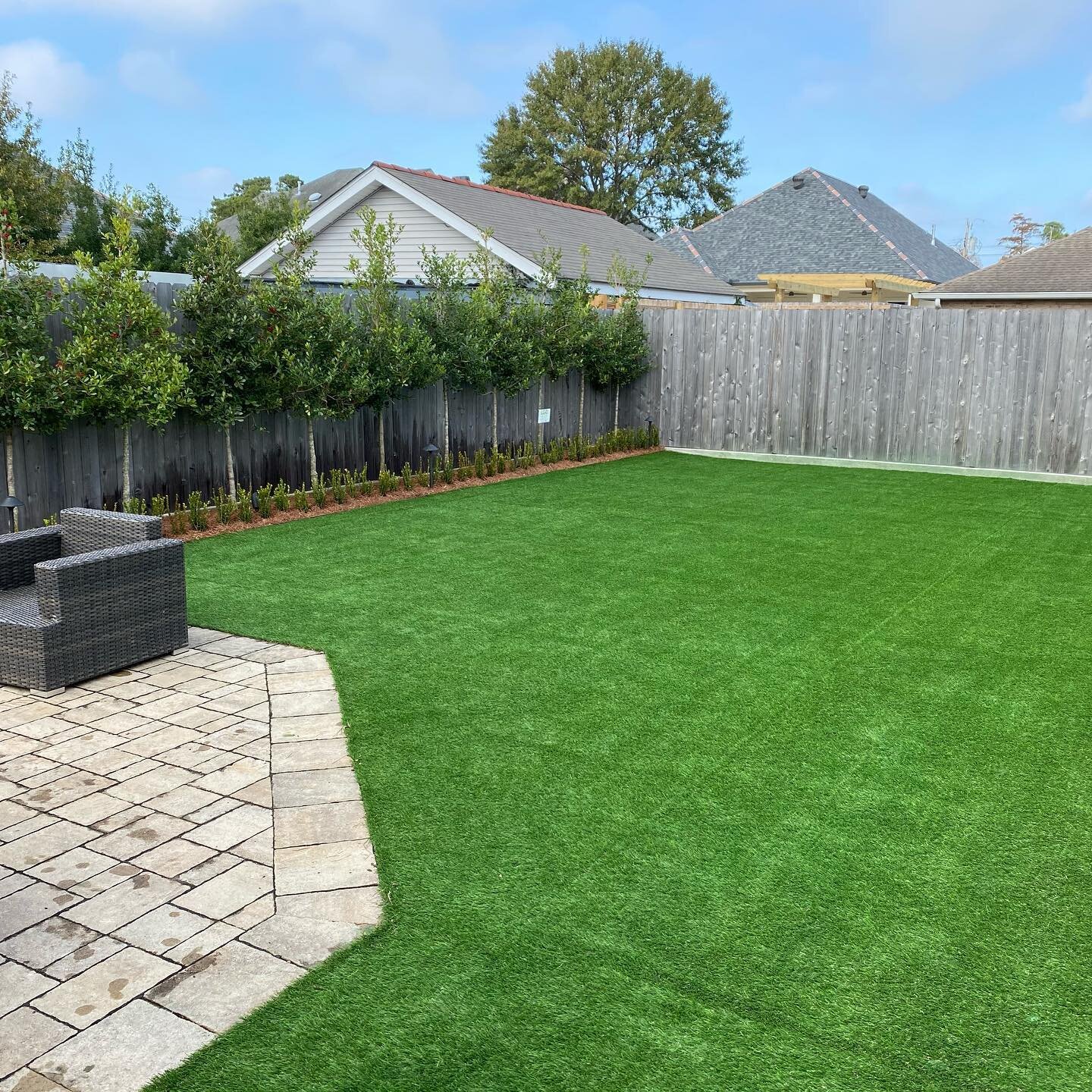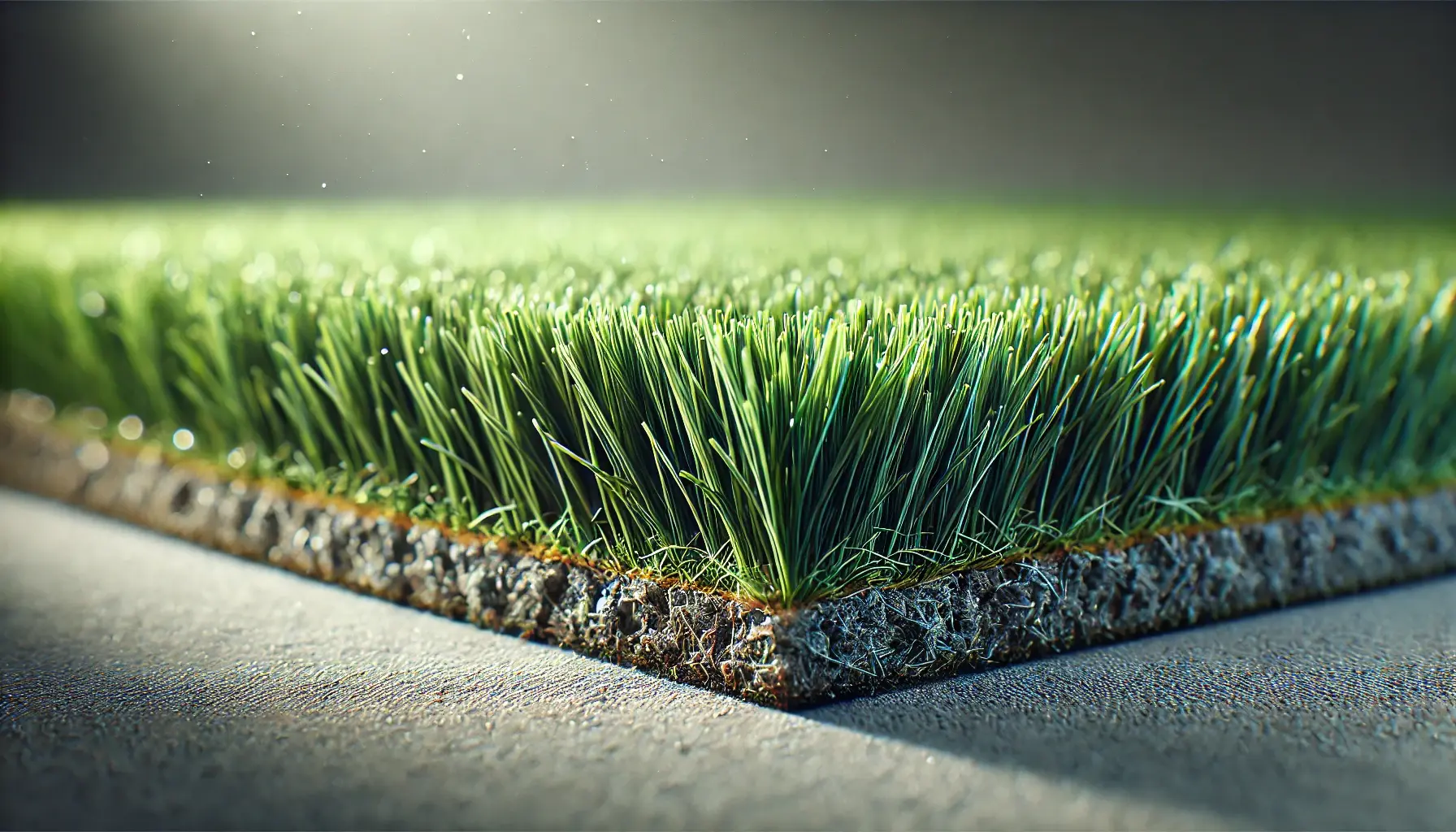Explore the Environmental Conveniences of Opting for Artificial Turf Solutions
The adoption of fabricated grass solutions offers a compelling possibility to resolve pushing ecological challenges. By dramatically decreasing water use and minimizing the application of unsafe chemicals, these options not just advertise sustainable landscape design yet likewise protect regional ecosystems.
Water Conservation Benefits
Among the most considerable advantages of synthetic grass is its ability to save water. Traditional yard yards require considerable irrigation, particularly in areas susceptible to dry spell or water limitations. On the other hand, synthetic grass does not require watering, significantly minimizing the total need for water resources. This attribute is particularly useful in deserts where water shortage is a pressing issue.
By eliminating the demand for regular watering, fabricated turf adds to sustainable landscape methods and aids reduce the ecological impact of extreme water intake. The conservation of water expands to the reduction of runoff, which can lead to dirt disintegration and waterway pollution.
In addition, the installment of fabricated turf allows communities and homeowners to allot water resources much more effectively, concentrating on important uses such as alcohol consumption water and farming. The shift in the direction of synthetic grass not only promotes responsible water usage but additionally lines up with wider environmental goals focused on protecting natural deposits.
As neighborhoods progressively prioritize sustainability, the water conservation benefits of synthetic turf present a compelling instance for its fostering in household and business landscaping tasks.
Reduced Chemical Usage
The change to synthetic grass considerably reduces the dependence on chemical treatments frequently utilized in natural grass upkeep. Typical turf administration commonly involves the application of plant foods, chemicals, and herbicides to promote development and control insects. These chemicals can pose threats to human health and wellness, neighborhood wildlife, and the setting, contributing to dirt and water contamination.
In comparison, artificial turf gets rid of the demand for these hazardous compounds. By decreasing the release of synthetic compounds into the environment, artificial turf advertises much healthier dirt and water systems.
In addition, the absence of chemical runoff related to fabricated lawn installations aids shield neighborhood waterways from contamination, sustaining water life and keeping biodiversity. Artificial turf companies phoenix. As neighborhoods significantly focus on sustainable techniques, going with synthetic grass presents a feasible option that lines up with environmental conservation goals. Via this change, residential property proprietors can take pleasure in rich eco-friendly spaces without endangering eco-friendly wellness, leading the way for a much more sustainable future
Lower Carbon Impact

Additionally, the installment of synthetic grass can cause considerable water preservation. All-natural yards need considerable additional info amounts of water for watering, which not just contributes to the carbon impact related to water extraction and therapy but likewise pressures local water resources. In comparison, synthetic grass needs very little maintenance, needing no watering, therefore significantly decreasing water use and its linked power prices.
Additionally, the durability of man-made lawn adds to its lower carbon impact. With a lifespan of as much as 15 years or more, the requirement for constant substitutes is lessened, resulting in less waste and reduced power intake in production and throwing away typical yard choices. Overall, synthetic grass presents a lasting alternative for environmentally aware landscape design.
Environment Conservation
Environment conservation is a crucial consideration in the argument over landscape design selections, specifically when contrasting artificial lawn to all-natural yard. Natural lawn lawns typically call for extensive upkeep, consisting of making use of chemicals, herbicides, and plant foods, which can negatively impact local environments. These chemicals can seep into the dirt and waterways, damaging native vegetation and fauna and disrupting neighborhood habitats.
Fabricated grass removes the demand for damaging chemicals, therefore protecting neighboring wild animals and keeping the integrity of surrounding ecological communities. The installation of man-made lawn can lead to the conversion of previous yard locations right into even more biodiverse landscapes, such as pollinator yards or native plant areas, which can support local wild animals.
Inevitably, the change to synthetic grass not just preserves water and minimizes upkeep efforts but also cultivates an extra unified connection between human tasks and the all-natural setting, promoting habitat preservation at the same time.
Long-Term Sustainability
Long-term sustainability is a critical consider reviewing the benefits of synthetic grass over conventional grass yards. Among the most substantial advantages of synthetic grass is its durability; it can last as much as 15-20 years with very little maintenance, whereas natural turf needs frequent reseeding and substitute. This durability minimizes the requirement for useful content constant sources, such as water, fertilizers, and chemicals, which are crucial for maintaining a healthy yard lawn.
In addition, synthetic grass adds to a decrease in carbon discharges connected with lawn treatment equipment. Conventional lawns typically need gas-powered mowers, trimmers, and blowers, every one of which contribute to air contamination. Turf installation phoenix az. On the other hand, synthetic grass eliminates the need for such equipment, promoting a cleaner atmosphere
Additionally, the manufacturing of man-made turf progressively makes use of recycled materials, boosting its sustainability account. As makers take on eco-friendly practices, the ecological impact of synthetic turf remains to diminish.

Verdict
The adoption of man-made grass remedies presents considerable ecological benefits, including substantial water preservation, reduced dependence on unsafe chemicals, and a reduced this article carbon footprint. Synthetic lawn aids in maintaining natural environments by decreasing land disruption and promoting lasting sustainability via the usage of durable products. Collectively, these factors underscore the potential of synthetic grass to add positively to environmental health and wellness and supply a sensible choice to traditional landscaping practices in an increasingly resource-conscious globe.
In comparison, artificial lawn does not need watering, dramatically minimizing the general demand for water resources. By reducing the launch of synthetic compounds into the environment, synthetic lawn advertises much healthier soil and water systems.
Moreover, the installation of man-made turf can result in substantial water conservation. In comparison, synthetic lawn requires very little maintenance, needing no watering, therefore dramatically minimizing water usage and its associated energy expenses.
